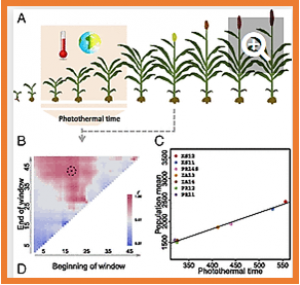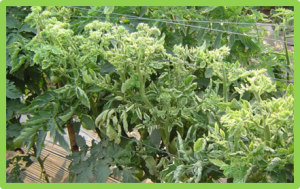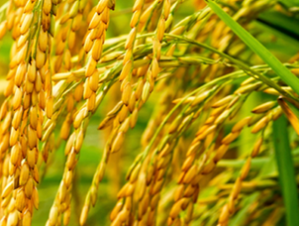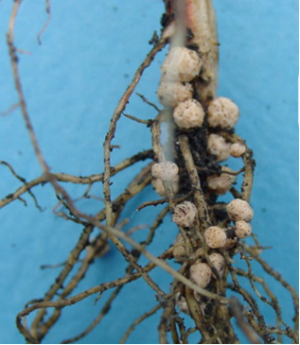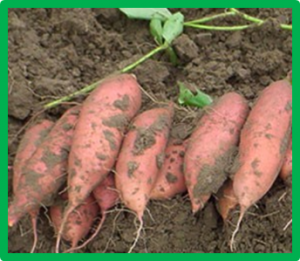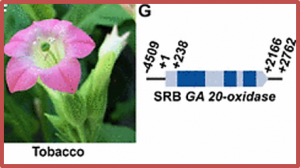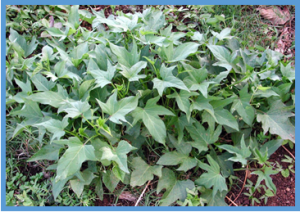Integrated analysis of genotype by environment can reveal the pattern and mechanistic interplay underlying the observed phenotype dynamics. A critical question needs to be answered to enhance our ability to conduct genomic and environmental analysis of varied phenotypic plasticity observed in natural field conditions: How to uncover patterns at different levels to facilitate complex trait dissection and performance prediction. In this study, we first uncovered the pattern of genotype response to different environments.
Autophagy is essential for appressorium-mediated plant infection by Magnaporthe oryzae, the causal agent of rice blast disease and a major threat to global food security. The regulatory mechanism of pathogenicity-associated autophagy, however, remains largely unknown. Here, we report the identification and functional characterization of a plausible ortholog of yeast SNT2 in M. oryzae, which we term MoSNT2.
Tomato yellow leaf curl disease caused by Tomato yellow leaf curl virus (TYLCV) is a serious threat to tomato (Solanum lycopersicum L.) production worldwide. A Begomovirus resistance gene, Ty-2, was introduced into cultivated tomato from Solanum habrochaites by interspecific crossing. To identify the Ty-2 gene, we performed genetic analysis. Identification of recombinant line 3701 confirmed the occurrence of a chromosome inversion in the Ty-2 region of the resistant haplotype.
Heavy alcohol consumption is an established risk factor for hypertension; the mechanism by which alcohol consumption impact blood pressure (BP) regulation remains unknown. We hypothesized that a genome-wide association study accounting for gene-alcohol consumption interaction for BP might identify additional BP loci and contribute to the understanding of alcohol-related BP regulation. We conducted a large two-stage investigation incorporating joint testing of main genetic effects and single nucleotide variant (SNV)-alcohol consumption interactions
Downregulation of p‐Coumaroyl ester 3‐hydroxylase (C3ˊH) is a key enzyme involved in the biosynthesis of lignin, a phenylpropanoid polymer that is the major constituent in vascular plants’ secondary cell walls. Although the crucial role of C3ˊH in lignification and its manipulation to upgrade lignocellulose have been investigated in eudicots, limited information is available in monocotyledonous grass species despite their potential as biomass feedstocks. Here we address the pronounced impacts of C3ˊH‐deficiency on the structure and properties of grass cell walls.
As an important food crop and oil crop, soybean (Glycine max [L.] Merr.) is capable of nitrogen-fixing by root nodule. Previous studies showed that GmNMH7, a transcription factor of MADS-box family, is associated with nodule development, but its specific function remained unknown. In this study, we found that GmNMH7 was specifically expressed in root and nodule and the expression pattern of GmNMH7 was similar to several genes involved in early development of nodule (GmENOD40-1, GmENOD40-2, GmNFR1a, GmNFR5a, and GmNIN) after rhizobia inoculation.
Many vegetable and oilseed crops belong to Brassica species. The seed production of these crops is hampered often by abnormal floral organs, especially under the conditions of abiotic conditions. However, the molecular reasons for these abnormal floral organs remains poorly understood. Here, we report a novel pistil-like flower mutant of B. rapa. In the flower of this mutant, the four sepals are modified to one merged carpel that look like a ring in the sepal positions, enveloping some abnormal stamens and a pistil, and resulting in poor seed production.
Sucrose non‐fermenting‐1‐related protein kinase‐1 (SnRK1) is an essential energy‐sensing regulator and plays a key role in the global control of carbohydrate metabolism. The SnRK1 gene has been found to increase starch accumulation in several plant species. However, its roles in improving starch quality have not been reported to date. In this study, we found that the IbSnRK1 gene was highly expressed in the storage roots of sweet potato and strongly induced by exogenous sucrose.
Little is known about how genes are expressed in different plant embryo regions. We tested the hypothesis that shared cis-regulatory motifs control the transcription of genes specifically in the suspensor. We carried out functional studies with the Scarlet Runner Bean (SRB) GA 20-oxidase gene that encodes a gibberellic acid (GA) hormone biosynthesis enzyme and is expressed specifically within the suspensor.
In addition to the actual composition of the diet (i.e. nutrient composition, food groups), the omega-6/omega-3 fatty acid ratio has been demonstrated to influence the tissue fatty acid profile and subsequently the risk for cardiovascular and other diseases. Likewise, the consumption of green leafy vegetables (GLVs) may favorably reduce the risks associated with disease. Although an ~ 3:1 omega-6/omega-3 fatty acid ratio (ω-6/ω-3 FAR) is recommended, the typical American diet has an ~ 25:1 ω-6/ω-3 FAR.


 Curently online :
Curently online :
 Total visitors :
Total visitors :
